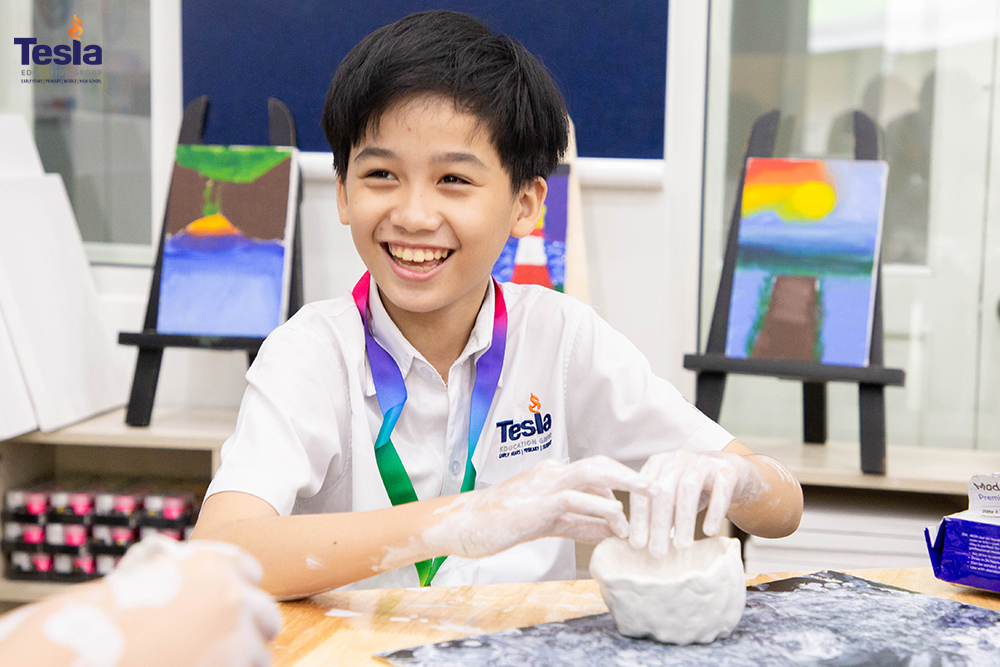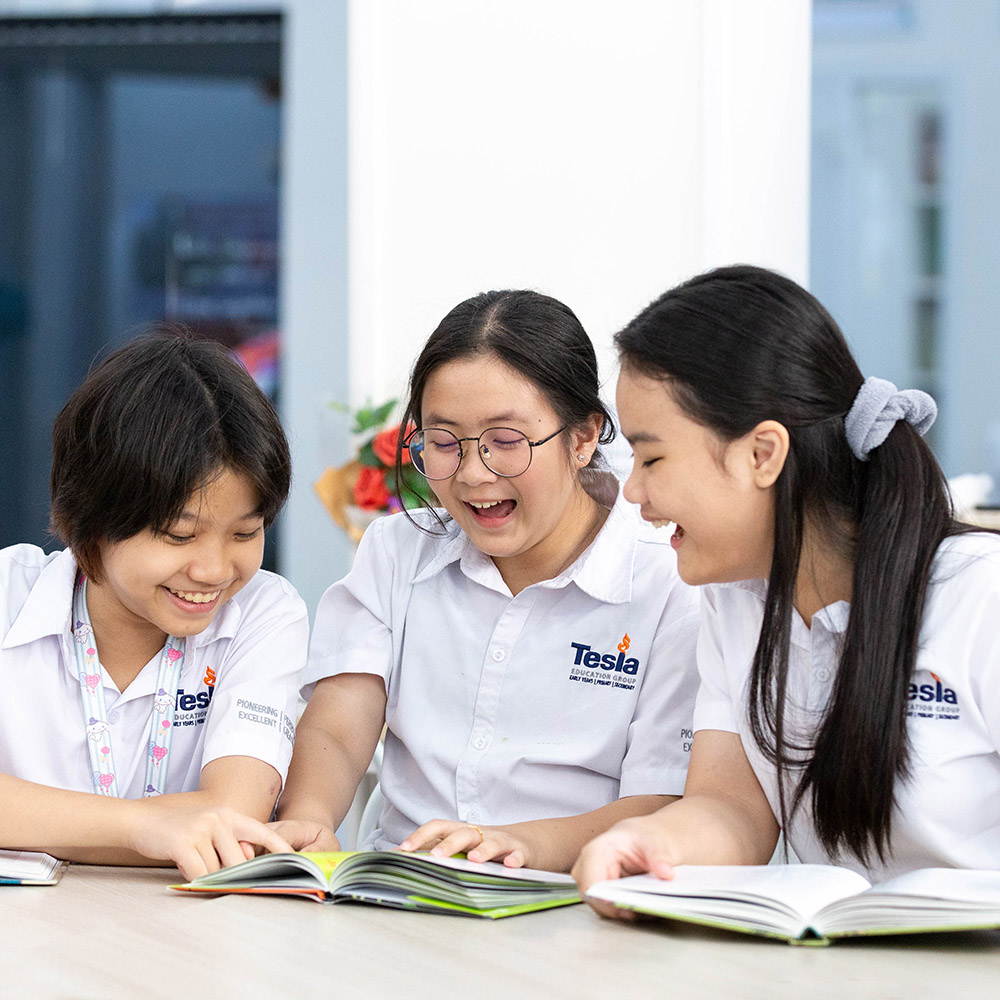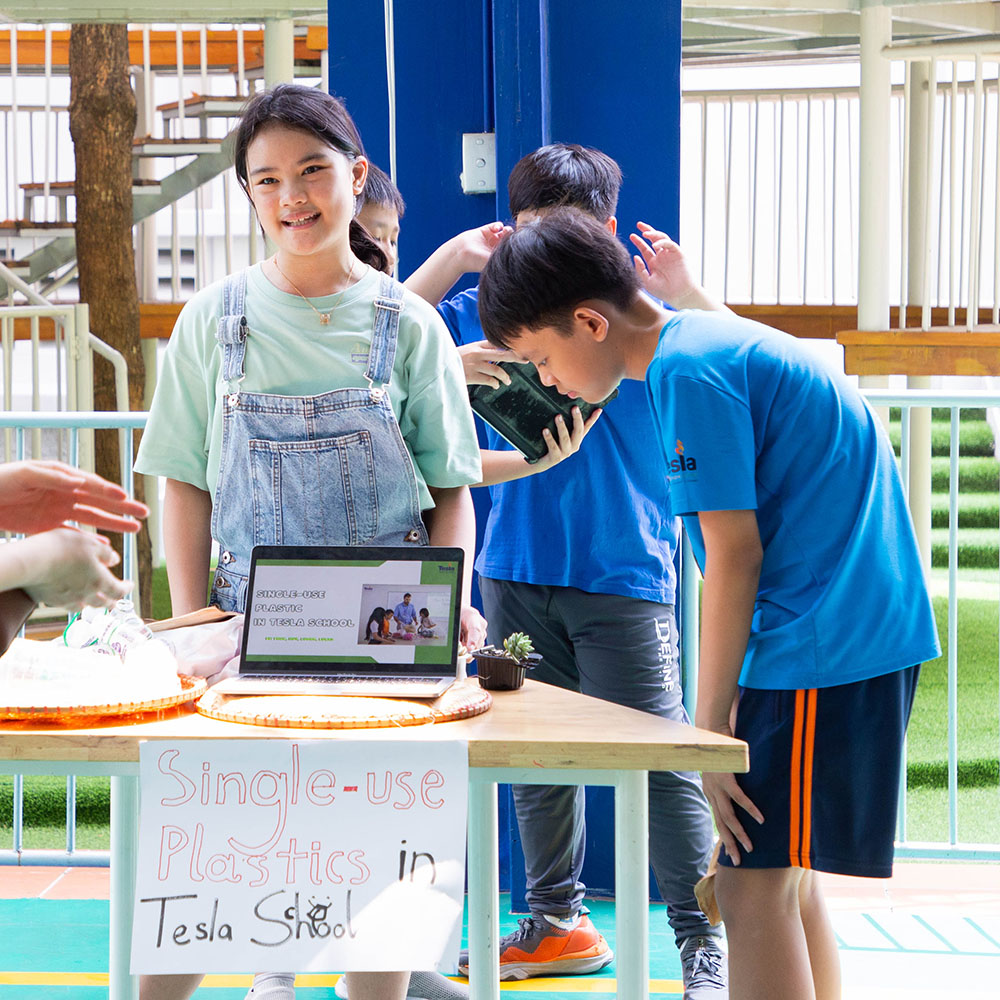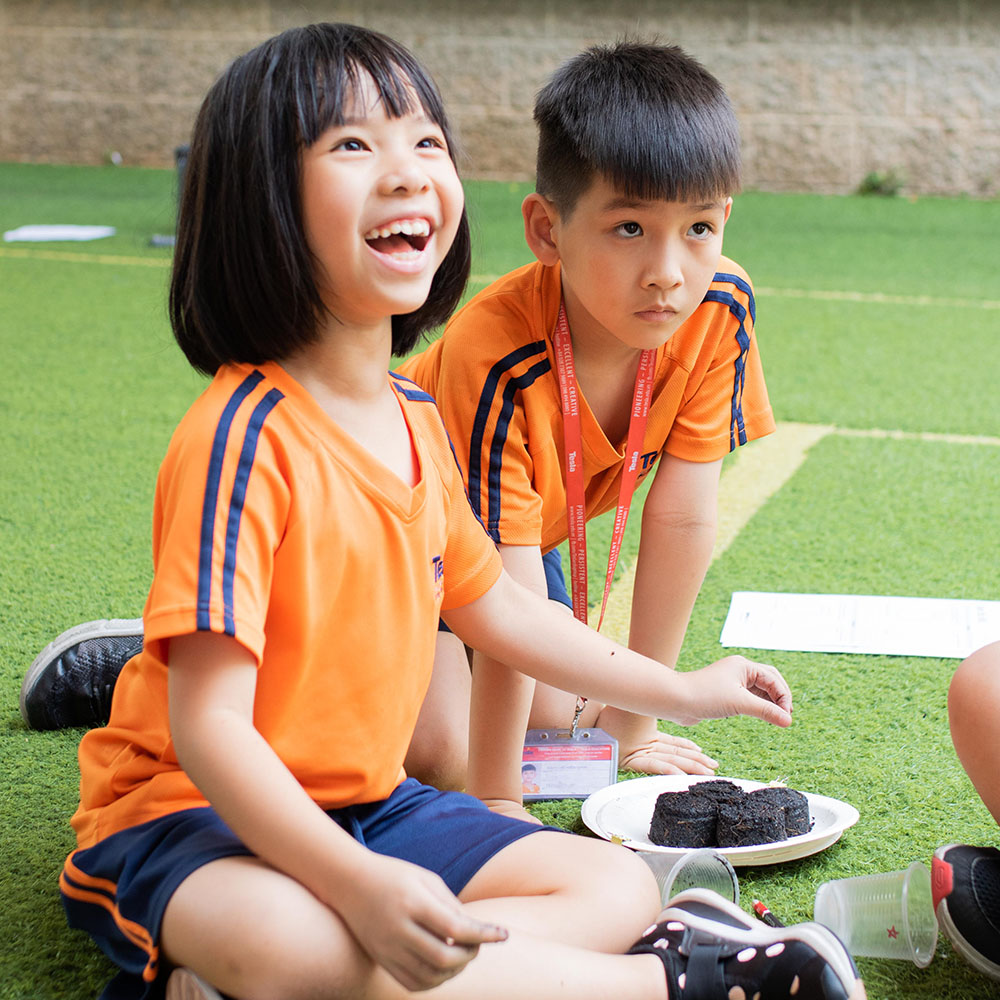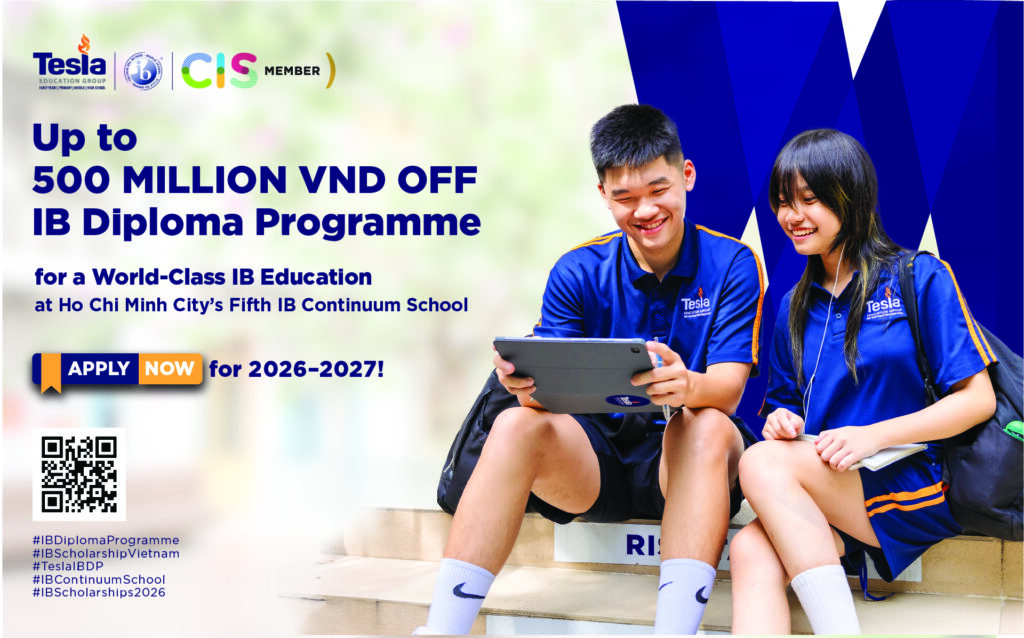Tesla Talk September, 2021
Newsletter 30 September 2021
Over the last month I have had many conversations with parents about the online learning environment and student expectations. Interestingly, the two topics are not necessarily related and it has been my observation that many members of our school community are still confused by what the shifts to PYP means to the students and their families.
Online Learning
Although it is extremely difficult for teachers to create an online environment that provides the social interactions students need to develop interpersonal skills, the academic knowledge and skills of an on-campus classroom are not impacted as much as many parents seem to believe. Students are still required to independently read, write, listen, and demonstrate understanding of new concepts. They are also required to collaborate with their classmates, problem solve, critically think about real-life situations, and reflect on their learning process to gain a better understanding of themselves as learners. In addition, because of the online environment, they need to develop time management skills, persistence, patience, and acquire the essential digital skills necessary to be successful in the 21st century.
Online learning will never replace face-to-face learning, nor is it intended to, but there are many aspects of the platform that are very beneficial to the students. Children are intuitive and easily affected, when they notice doubts and negativity about something it impacts their attitude and desire to achieve. Let’s make sure we are providing the enthusiasm and support during this very challenging time online.
Student Expectations
I learned a long time ago while I was still teaching in the classroom that most student limitations come from adults. Young people can achieve just about anything if they are provided the opportunity, support, and freedom to take risks, be creative, and demonstrate understanding in ways that are meaningful and relevant to their lives. This is the essence of the PYP experience.



A traditional classroom setting has students passive sitting in rows with the teacher as the center of learning and leading instruction. Textbooks provide sequenced lessons and at the end of each set of unit students are tested on their knowledge of the content. Each subject is taught in isolation and students are judged on their proficiency.
In a PYP classroom at Tesla, the classroom environment is student-centered where the teacher’s role has changed to being a coordinator of learning activity and a mentor and guide that shifts the responsibility for learning to the students. Subject areas are taught in thematic units and learning activities are focused on making connections across the whole curriculum, learning activities emphasize communication and creativity, and assessments are performance-based so students must demonstrate understanding of how to use knowledge rather than just store it for later use.
For students to flourish in this environment the adults in their lives, family and teachers, need to embrace change. Traditional views of the educational process are no longer relevant in the 21st century and our job is to encourage children to embrace new challenges, try, fail, try again, and learn from their mistakes. Students need a platform to discover their own limitations and our job is to provide the environment that allows them to climb as high as they desire.
Thank you,
Tim Vanderpool
Director of Studies
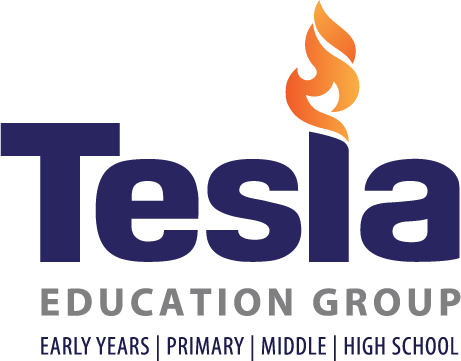














 Ms. Nguyen Thi Quynh Dien
Ms. Nguyen Thi Quynh Dien









